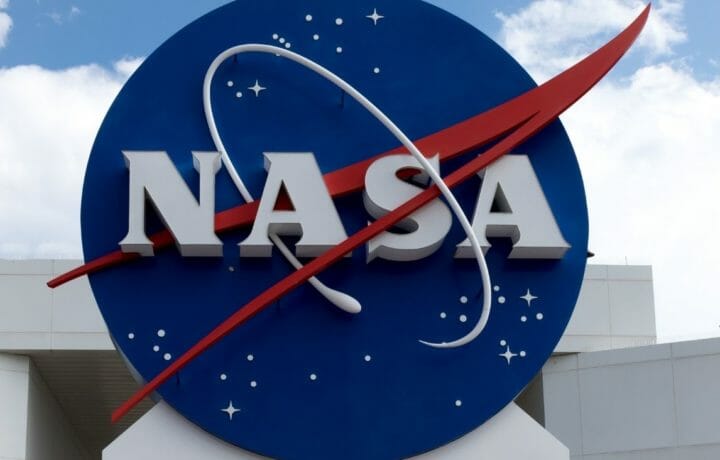Since its inception in July 1958, the National Aeronautics and Space Administration (NASA) has been an independent agency of the U.S. federal government responsible for the civil space program, aeronautics research, and space research. Though it is independent, NASA has continued to work closely with the United States Air Force and in September 2020, the agency established a foundation for broad collaboration.
The space agency now has close ties with AFWERX, the Air Force’s program that fosters a culture of innovation within the service. That collaboration was noted in September when aviation firm Joby delivered its air taxi – an electric vertical takeoff and landing (eVTOL) aircraft – through a funded contract by AFWERX’s Agility Prime program, while NASA will use the aircraft for testing concentrated on how such vehicles could fit into the national airspace.
This week, AFWERX announced a further partnership with NASA, along with the Federal Aviation Administration (FAA) to develop a digital operations center for future Advanced Air Mobility (AAM) efforts through the Civilian Commercialization Readiness Pilot Program (CCRPP) awardee, ResilienX.
CCRPP is a NASA Small Business Innovation Research and Small Business Technology Transfer program that takes mission-relevant technologies in development and infuses them with funding intended to foster commercialization.
AAM is a still developing concept of air transportation that employs eVTOL aircraft to move people and cargo between places not currently or easily served by surface transportation or existing aviation modes. At issue is how to maintain safe flow of traffic in the skies.
Taking Aim at AAM
The effort aims to fill in technological and administrative gaps in the fast-growing field of AAM technology. Earlier in 2023, AFWERX formalized these partnerships with a Memorandum of Understanding and participation in the AAM Interagency Working Group to plot the future of AAM.
This system is intended to enhance base security, Special Forces efforts, emergency disaster response, and passenger and cargo transportation planning. It is further being developed to include other technologies necessary for air domain awareness, the Air Force noted.
“CCRPP is a true example of public-private partnership where government stakeholders and an industry consortium are working together on the airspace efforts,” said Darshan Divakaran, AFWERX Airspace Innovation and Prime Partnerships program manager.
ResilienX’s software monitors the health, integrity, and performance of complex system of systems, and this project intends to define and perform initial integration of an AAM Operations Center that is scalable, tactical and enables verification and validation of the various systems and sensors involved in uncrewed aerial systems, electric vertical take-off and landing operations, and other advanced aviation technologies.
“We are thrilled with the trust AFWERX has put in us to lead this consortium,” said Ryan Pleskach, CEO of ResilienX. “Through a dedicated systems engineering approach, we intend to develop a dual-use solution to the core digital infrastructure needed for advanced air mobility that is inherently scalable and extensible. Through this pioneering effort and with support of all the federal stakeholders that AFWERX is bringing to the table, we believe this solution will be turnkey and available to government and commercial markets in late 2024.”
For this project, ResilienX has received $4.8 million in AFWERX and NASA funding through the CCRPP. The program is planned to progress through October 2025.
The First Operations Center
The Air Force announced that the initial AAM Operations Center will be built out in collaboration with NUAIR at the Syracuse Hancock International Airport – a joint civil-military airport that is located five miles northeast of downtown Syracuse, NY, which also has a cargo facility served by Federal Express and UPS.
The program aims to test and transition it to additional locations by 2025.
Each company in the consortium will contribute their respective industry expertise and technological advancements to create the most robust system possible. Moreover, as additional requirements are included by military and other government stakeholders, AFWERX plans to bring in additional industry partners in the next phase.
The first phase of development calls for a detailed need and task assessment, and will include user interviews and observations, initial integration of baseline technologies, and testing. The second phase will then see user testing of human factors, safety development, prototype testing, and a live demonstration of the system.
NASA and AFWERX’s subject matter experts will help determine the needs of the emerging field of AAM operations. It is informed by the U.S. Air Force AAM Operations Center requirements through testing and operator interactions.




